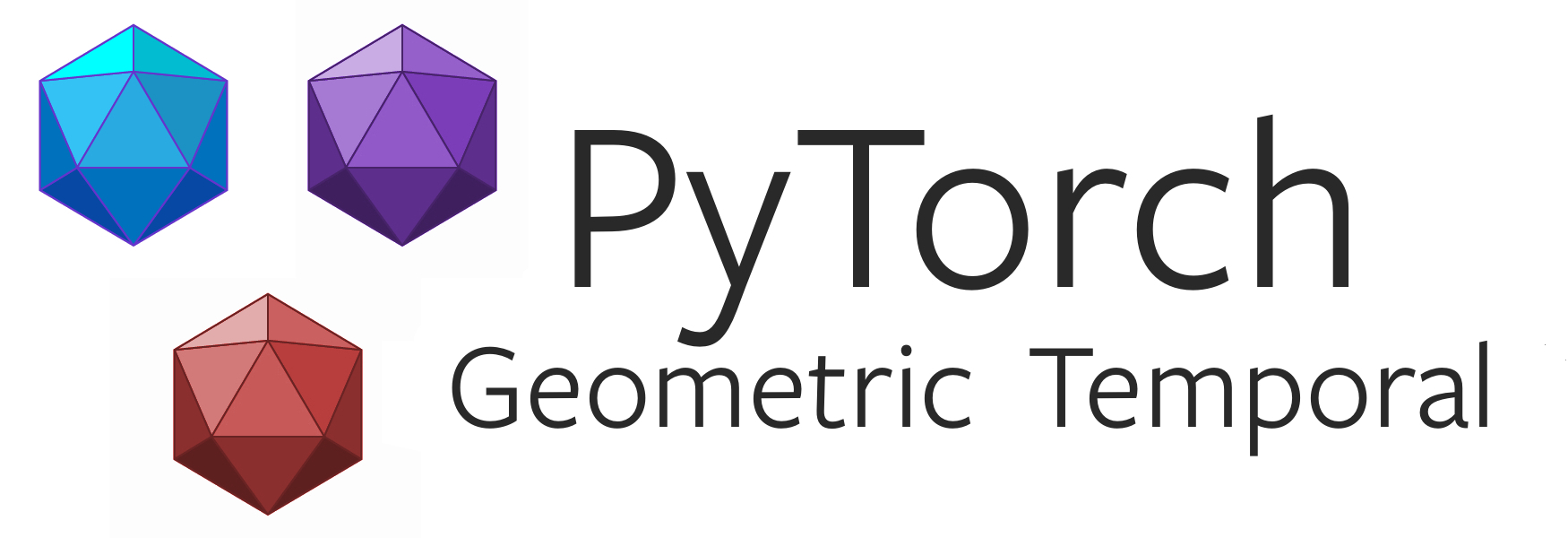Two-Stream Adaptive Graph Convolutional Networks for Skeleton-Based Action Recognition
In skeleton-based action recognition, graph convolutional networks (GCNs), which model the human body skeletons as spatiotemporal graphs, have achieved remarkable performance. However, in existing GCN-based methods, the topology of the graph is set manually, and it is fixed over all layers and input samples. This may not be optimal for the hierarchical GCN and diverse samples in action recognition tasks. In addition, the second-order information (the lengths and directions of bones) of the skeleton data, which is naturally more informative and discriminative for action recognition, is rarely investigated in existing methods. In this work, we propose a novel two-stream adaptive graph convolutional network (2s-AGCN) for skeleton-based action recognition. The topology of the graph in our model can be either uniformly or individually learned by the BP algorithm in an end-to-end manner. This data-driven method increases the flexibility of the model for graph construction and brings more generality to adapt to various data samples. Moreover, a two-stream framework is proposed to model both the first-order and the second-order information simultaneously, which shows notable improvement for the recognition accuracy. Extensive experiments on the two large-scale datasets, NTU-RGBD and Kinetics-Skeleton, demonstrate that the performance of our model exceeds the state-of-the-art with a significant margin.
PDF Abstract CVPR 2019 PDF CVPR 2019 Abstract









 Kinetics
Kinetics
 Assembly101
Assembly101
 UAV-Human
UAV-Human
 EgoGesture
EgoGesture
